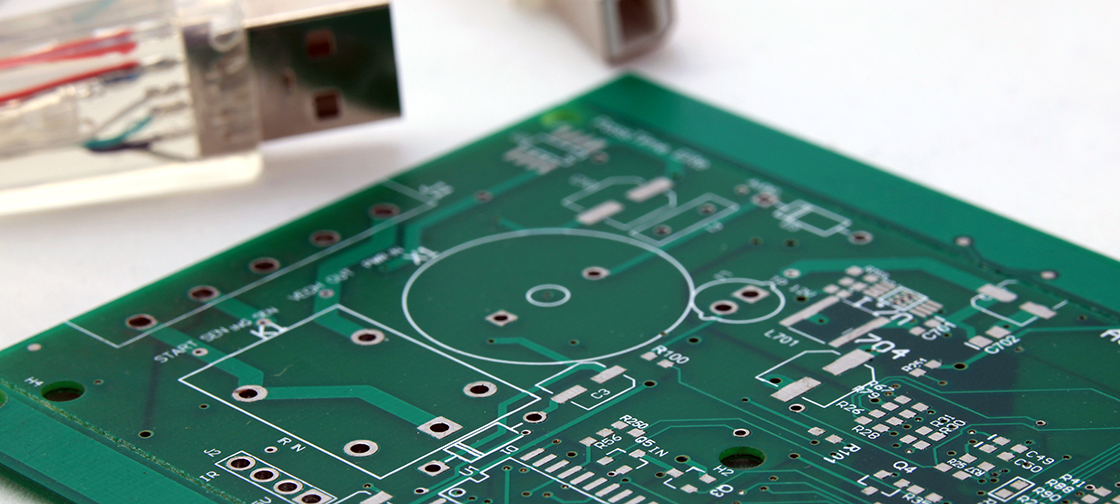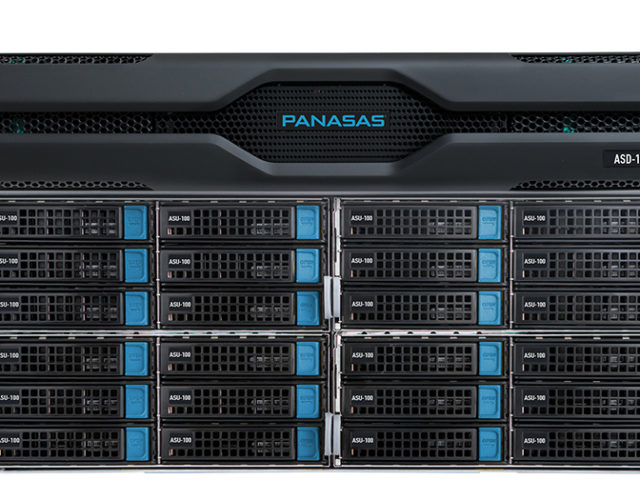Paper by international research team published in Nature Communications.Two-dimensional (2D) materials have a huge potential for providing devices with much smaller size and extended functionalities with respect to what can be achieved with today’s silicon technologies. But to exploit this potential, 2D materials will have to be integrated into semiconductor manufacturing lines – a notoriously difficult step.
A team of researchers from Sweden and Germany now reports a new method to make this work. Their paper, entilted “Large-area integration of two-dimensional materials and their heterostructures by wafer bonding,” has now been published in the journal Nature Communications. Professor Max Lemme, Chair of Electric Devices at RWTH Aachen University, KTH Royal Institute of Technology in Stockholm, Universität der Bundeswehr München, AMO GmbH, and Protemics GmbH have collaborated in the research project.
So far, most of the experimental methods for transferring 2D materials from their growth substrate to the desired electronics are either non-compatible with high-volume manufacturing or lead to a significant degradation of the 2D material and of its electronic properties. The solution proposed by the international research team uses a standard dielectric material called bisbenzocyclobutene (BCB) along with conventional wafer bonding equipment. A resin made of BCB is heated until it becomes viscous; then, the 2D material is pressed against it. At room temperature, the resin becomes solid and forms a stable connection between the 2D material and the wafer. To stack materials, the steps of heating and pressing are repeated.
Source: “2D materials for large-scale production of electronic components”, RWTH Aachen



